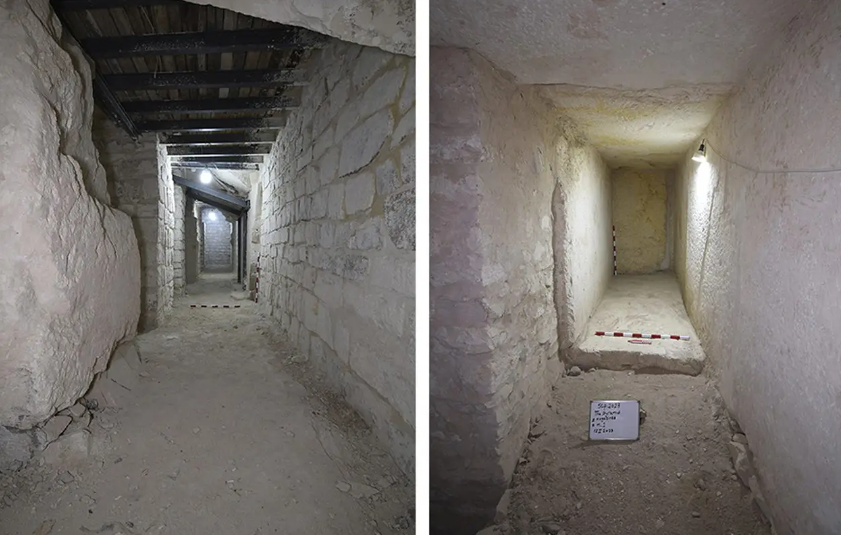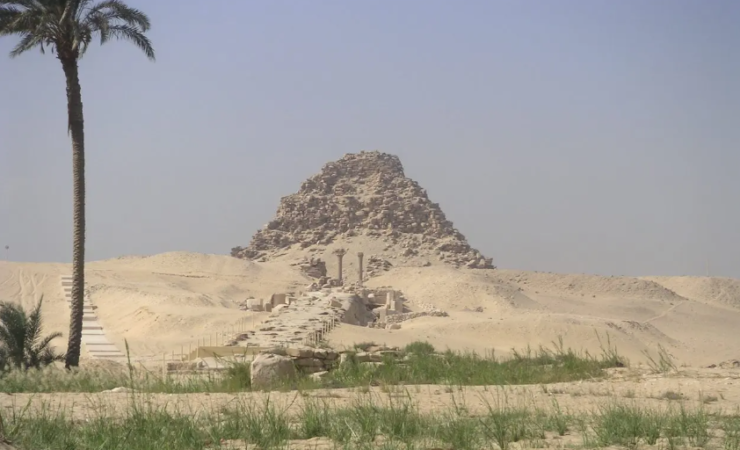Several new room have been discovered by an Egyptian-German Archaeological delegation at the Sahura pyramid in the Abusir site south of Giza.
Sahure, who was the second pharaoh of Ancient Egypt’s Fifth Dynasty (2465–2325 BC), was also known as “He Who Is Near To Re” and was the second of its five rulers. Sahure’s reign is seen as one of economic and cultural prosperity, with new commercial routes established to Punt and an increase in the quantity of products leaving the Levantine shore.
Sahure opted to have his pyramid built in Abusir rather than follow tradition and be interred in the royal cemeteries at Saqqara and Giza. Although his pyramids were smaller than those of his forebears, Sahura pyramid ‘s complex was ornamented with more than 10,000 m2 of exquisitely carved reliefs, some of which are regarded as unparalleled in Egyptian art.
It is hard to exactly rebuild the substructure design because grave robbers in antiquity severely ruined the interior rooms of the pyramid.



A number of storage rooms and tunnels have been found during a restoration effort directed by Egyptologist Dr. Mohamed Ismail Khaled of the Department of Egyptology at Julius Maximilians Universität of Würzburg (JMU). Even though the northern and southern portions of these rooms are severely damaged, the original walls and some of the floor may still be made out.
The crew carried out thorough surveys to map the vast exterior areas as well as the constrained interior corridors and rooms using 3D laser scanning using a portable ZEB Horizon LiDAR scanner. Researchers says “Careful documentation of the floor plan and dimensions of each storage chamber has greatly enhanced our understanding of the pyramid’s interior. During restoration, a balance between preservation and presentation was pursued to ensure the structural integrity of the rooms while making them accessible for future study and potentially the public.”
The antechamber’s floor plan, which had degraded over time, was discovered as part of the restoration project. As a result, new retaining walls were built to replace the demolished ones. Only the northeast corner and about 30 centimeters of the eastern wall of the antechamber were still discernible due to severe damage to the wall’s eastern side.
